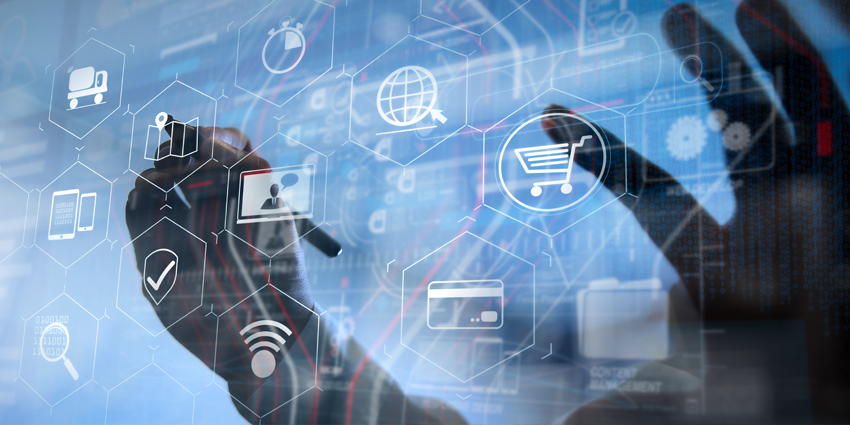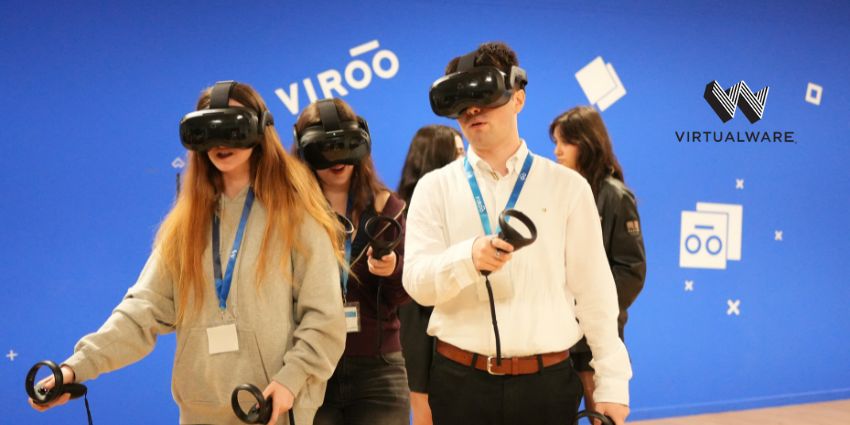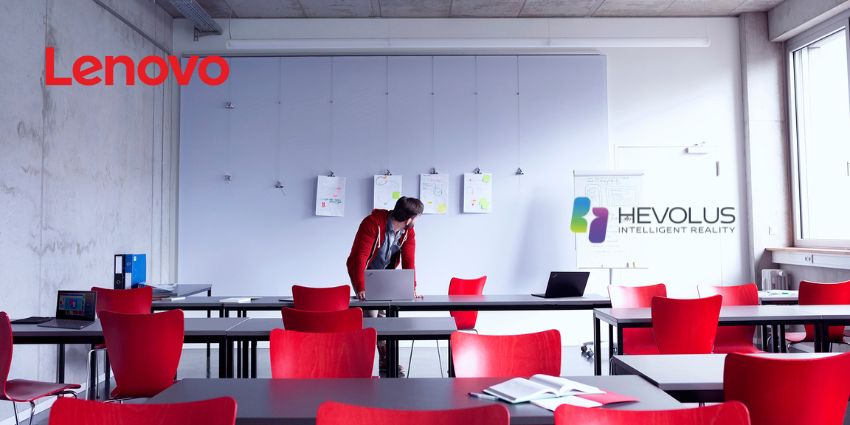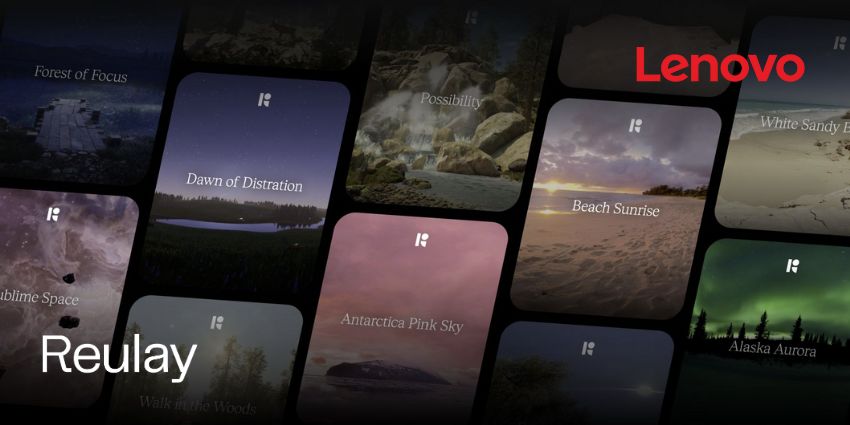Virtual reality stands as one of the most valuable tools in the digital world, predicted to reach an incredible value of around $184.66 billion by 2026. While VR has been around for some time at this point, it’s only begun to show its potential as a mainstream technology recently.
In a world changed by a global pandemic, VR represents a valuable way to bring ideas and people together in a safe, shared space. For those experimenting with new products, materials, and concepts, VR also offers a world of infinite resources, scalability, and possibility.
In all aspects of the design world, VR could represent an incredible chance for growth.
VR in Design: The Opportunity
The emergence of virtual reality as a tool for creativity and innovation has been one of the biggest catalysts for change in the design space. For years, professionals have struggled to work with expensive mock-ups, prototypes, and 3D modelling software to bring their ideas to life.
While many tools have emerged to make the initial conceptualization of designs more accessible, there are still massive limitations in what people can really accomplish in a physical world. Virtual reality eliminates those constricts, by giving designers an environment that adapts to suit them.
Designers can work collaboratively with other team members around the world to create new ideas, and explore different features, materials, and finishes. Whether it’s in the fashion and clothing world, or in building and architectural designs, the opportunities are endless.
Just some of the benefits of VR for design include:
1. Easier Collaboration with Remote Teams
In all industries, companies have been searching for reliable ways to bring teams together in an environment altered by social distancing and isolation. During the pandemic, VR appeared as an opportunity to once again allow teams to share the same space. Rather than sharing files back and forth over team chat, or email, users can come together into a virtual office environment.
Within this space, designers can work with other specialists and team members to create and experiment with new ideas. Teams can sort through different materials and concepts together, chatting about options through audio calls and taking notes at the same time. Virtual assistants in the VR space can even save entire designs and export them for examination at a later date.
2. Endless Exploration Opportunities
In the design world, innovation comes from taking chances and exploring new ideas. Unfortunately, implementing different concepts into a physical prototype or model of a product can be an expensive endeavour. The more changes you make, the longer and more expensive the development cycle becomes. This is particularly true in the creation of things like cars and buildings.
Virtual Reality gives users a flexible space where they can experiment with new ideas at speed. Through the creation of “digital twins” of a product, it’s easy to make adaptations to things like functionality, materials, size, and shape, all without having to waste any resources. Finished mock-ups can be shared among teams and adjusted in seconds.
3. Reduced Risk of Mistakes
Aside from just seeing what products might look like in different formats through VR, employees in the design world can also determine how certain items might work. Through a VR simulation, a dress designer could see what a cut would look like in 3D, on the model of a human being, without having to simply “imagine” it.
Developers can make programs to essentially “test” the prototype of a new car or machine, to see whether changes in development would make a difference to performance. Artificial Intelligence in the VR space can make it easier to predict the outcomes of various changes, without wasting any time or money. It’s also easier for team members to share their latest iterations with business leaders and decision makers, to get feedback and speed up the time-to-market.
4. Better Interactions with Stakeholders
One of the biggest headaches designers face in any industry involves helping others to see their vision. It’s difficult to explain the potential of an item to a shareholder or stakeholder with sketches and pieces of paper. For true buy-in, many clients need a more immersive experience, or a chance to test the technology for themselves.
Virtual Reality allows designers to create mock-ups of their creations at speed and deliver them to shareholders so they can explore them for themselves. This could include anything from giving a 3D fashion show in the apparel industry to walking an investor around the new design of a car in the automotive landscape. 3D renderings, models, and visuals make it much easier to capture the imagination of a wider audience.
5. Agile Innovation and Unique Experiences
Virtual Reality provides designers with a faster, more efficient ways to bring their ideas to life. With virtual reality, companies can show potential buyers what they’re going to get when they buy a building or machine. Real estate agents could walk people around a building, showing them what the rooms might look like before they’re ever built. At the same time, these virtual models are adaptable, and customizable, allowing for quick changes when suggestions are provided.
Within VR, companies can even help their customers to get a better idea of how to use a design, or train future design team members on the tools they can use in their organisation, without any unnecessary risk. Virtual reality can influence every part of the production, customer experience, and development lifecycle.
Changing Design with VR
Designers have long struggled to bridge the gap between their creative thought processes and visions, and the development of models and blueprints. With VR, companies can finally give designers access to an immersive space where they can bring their concepts to life and share them with the people who need to understand how they work.
VR in design will lead to greater innovation at an incredible pace, paving the way for better experiences in almost every environment. From product design to apparel design, VR will change the way we create.







